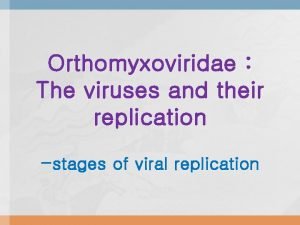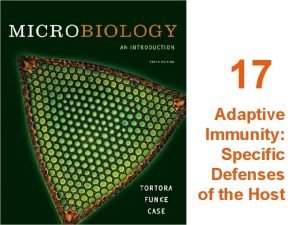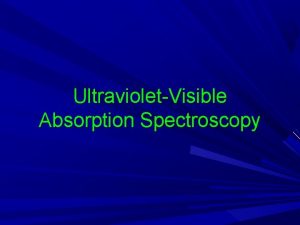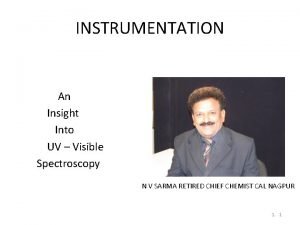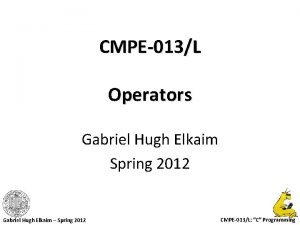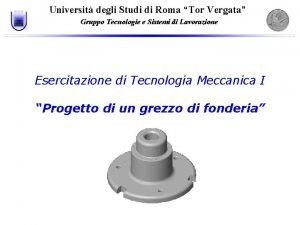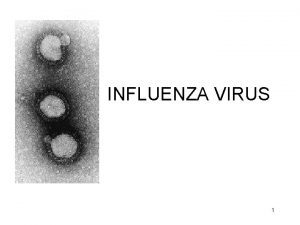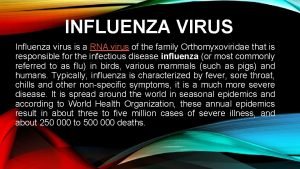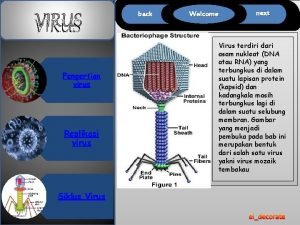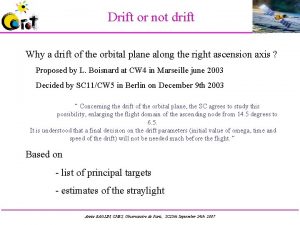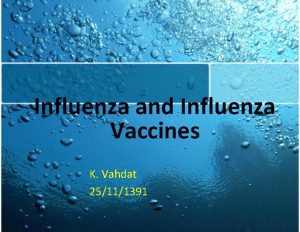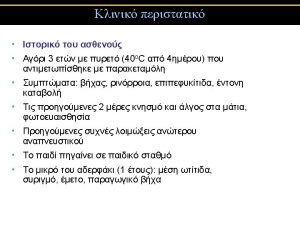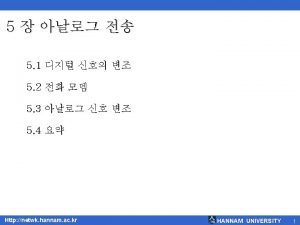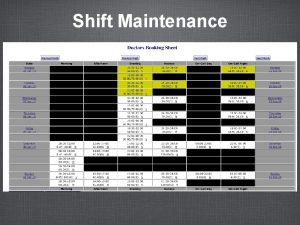Antigenic Drift and Antigenic Shift In Influenza Virus














- Slides: 14

Antigenic Drift and Antigenic Shift In Influenza Virus

Influenza � family of RNA viruses � Orthomyxoviridae. � Influenzavirus A � infects humans, other mammals, and birds, and causes all flu pandemics � Influenzavirus B � infects humans and seals � Influenzavirus C � infects humans, pigs, and dogs. � Influenzavirus D � infects pigs and cattle

�The type A viruses are the most virulent human pathogens among the three influenza types and cause the most severe disease. �Influenza A viruses are further classified, based on the viral surface proteins hemagglutinin (HA or H) and neuraminidase (NA or N). �Sixteen H subtypes (or serotypes) and nine N subtypes of influenza A virus have been identified.

�The serotypes that have been confirmed in humans, ordered by the number of known human pandemic deaths, are: �H 1 N 1 caused "Spanish flu" in 1918, "Swine flu" in 2009. �H 2 N 2 caused "Asian Flu". �H 3 N 2 caused "Hong Kong Flu". �H 5 N 1 is a pandemic threat. �H 7 N 7 has unusual zoonotic potential. �H 1 N 2 is endemic in humans and pigs

NOMENCLATURE

• Antigenic drift is a mechanism for variation in viruses that involves the accumulation of mutations within the genes that code for antibodybinding sites. • This result in new strain of virus particles which cannot be inhibited as effectively by the antibodies that were originally targeted against previous strains, making it easier for virus to spread throughout a partially immune population.

Surface antigens of influenza: Two types Hemagglutinin b) Neuraminidase They are glycoproteins present on viral capsid. a)

• Occurs with influenza A, B and C • Small number of slowly occurring changes(mutations). • Error prone viral RNA polymerase • Same subtype • HA changes most prominent, but can occur in any viral gene • Partially responsible for yearly vaccine changes • May result in epidemic

Mechanism • Sites recognized on hemagglutinin and neuraminidase proteins by host immune system are under constant selective pressure. • So influenza as well as other viruses have these surface protein molecules. • Among them hemagglutinin is very important to interact with host cell and start infection. • So influenza virus changes the type of hemagglutinin present on their surface and produce different sub strains of the virus.


• Not change in complete strain but still it may change the hemagglutinin spikes on the surface. • Influenza capsid is fill with hemagglutinin and neuraminidase spikes. • Small mutation in hemagglutinin may change the hemagglutinin spikes. • This make the protein unrecognizable to pre-existing host immunity. • So antibodies will no longer be functional as a result this virus can bind with host receptor and causing infection.


Antigenic shift � The process by which two or more different strains of a virus, or strain of two or more different viruses, combine to form a new subtype having a mixture of the surface antigens of the two or more original strains. � Re-assortment occurs among influenza viruses, whose genomes consist of eight distinct segments of RNA. � These segments act like mini-chromosomes, and each time a flu virus is assembled, it requires one copy of each segment.

 Define antigenic drift
Define antigenic drift Fibertel
Fibertel Influenza virus replication
Influenza virus replication Hapten definition
Hapten definition Tsi agar test
Tsi agar test Red shift and blue shift
Red shift and blue shift Aniline uv spectrum
Aniline uv spectrum Cap 221
Cap 221 Bathochromic shift and hypsochromic shift
Bathochromic shift and hypsochromic shift Difference between arithmetic shift and logical shift
Difference between arithmetic shift and logical shift Logical shift and arithmetic shift
Logical shift and arithmetic shift Gabriel hugh elkaim
Gabriel hugh elkaim Difference between arithmetic shift and logical shift
Difference between arithmetic shift and logical shift Immediate side shift bennett movement
Immediate side shift bennett movement Piano di divisione delle staffe
Piano di divisione delle staffe


